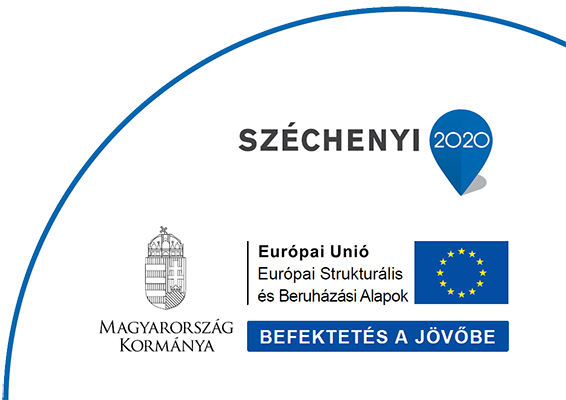During the classical and instrumental geochemical analyses the main and trace element content, inorganic and organic pollutants of solid and water samples are measured after the sample preparation.
The purpose of the analysis of solid samples (rock, soil, sediment etc.) to characterize their geological formations, to support environmental and toxicological research, agrogeological research, geochemical mapping, raw materials’ investigations and other research studies.
Most of these methods needs solutions, so a liquid shall be prepared from the solid samples first. For this purpose a Milestone 1200 Mega microwave digestion unit is used.
Other open acid digestion techniques are used as well and the LiBO2 fusion as a total digestion method is applied almost uniquely in Hungary.
For the determination of main components not a necessarily high sensitivity, but a sufficiently stable method is appropriate (Jobin-Yvon Ultima 2C ICP-OES), while for the trace (indicator) elements’ determination a method with high analytical sensitivity is used (Perkin Elmer ELAN DRC II ICP-MS).
However, solid samples can be analyzed directly by the combination of laser ablation method with ICP-MS. This technique is used only in a few laboratories in Hungary and allows to determine the average composition of the sample or perform local analysis.
Mercury also can be measured directly from solid samples with the AMA-254 equipment in a fast, easy way with a favourable accuracy.
The analysis of surface- and ground water, sewage samples serve the hydro-geochemical, agrogeological and environmental projects mostly as well as quality control, hydro-geochemical mapping and basic research. The analysis is done with traditional methods and/or with ionchromatography, photometry.
Due to its instrumentation the organic geochemistry laboratory is capable to perform several tasks, although it is less complex than the elemental analysis laboratories’ equipment. In the laboratory qualitative and quantitative determination of organic compounds in water, rocks and soil samples is carried out with a gas-chromatograph and an elemental analyser. The main areas of these investigations: environmental protection (organic pollutants’ determination in water, soils and rocks); hydrocarbon and basic research; and further research i.e. determination of the original type of the organic material, amount and degree of its metamorphosis, redox conditions and the sedimentation environment. The paleoenvironmental reconstruction of an area can be done using this information.
Most of the analytical methods are accredited by the National Accreditation Authority (Accreditation Number: NAH-1-1302/2016).

